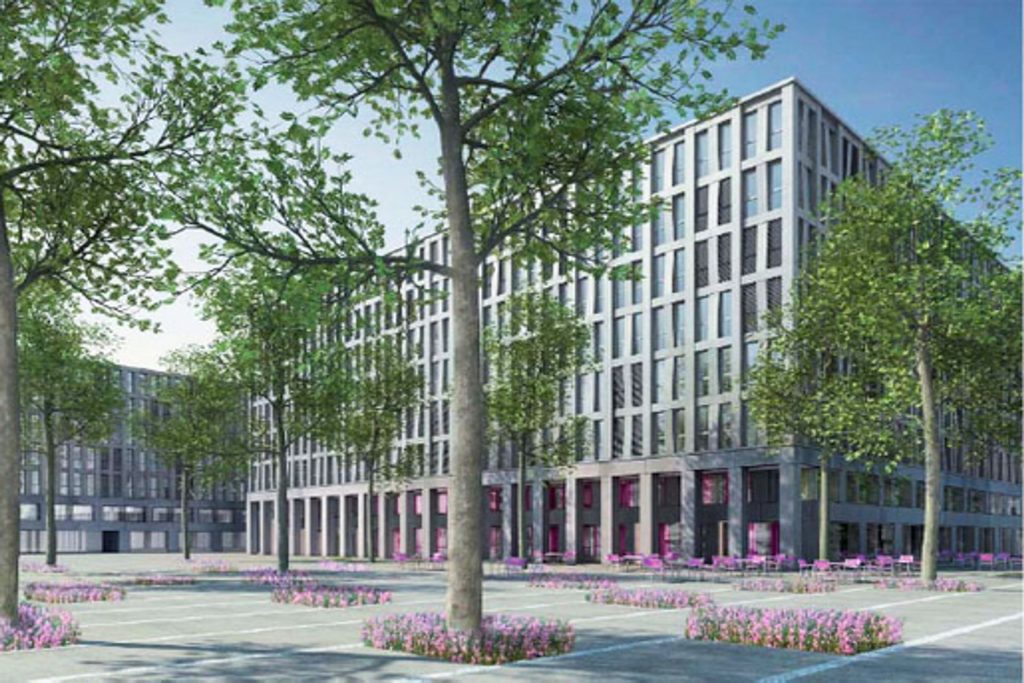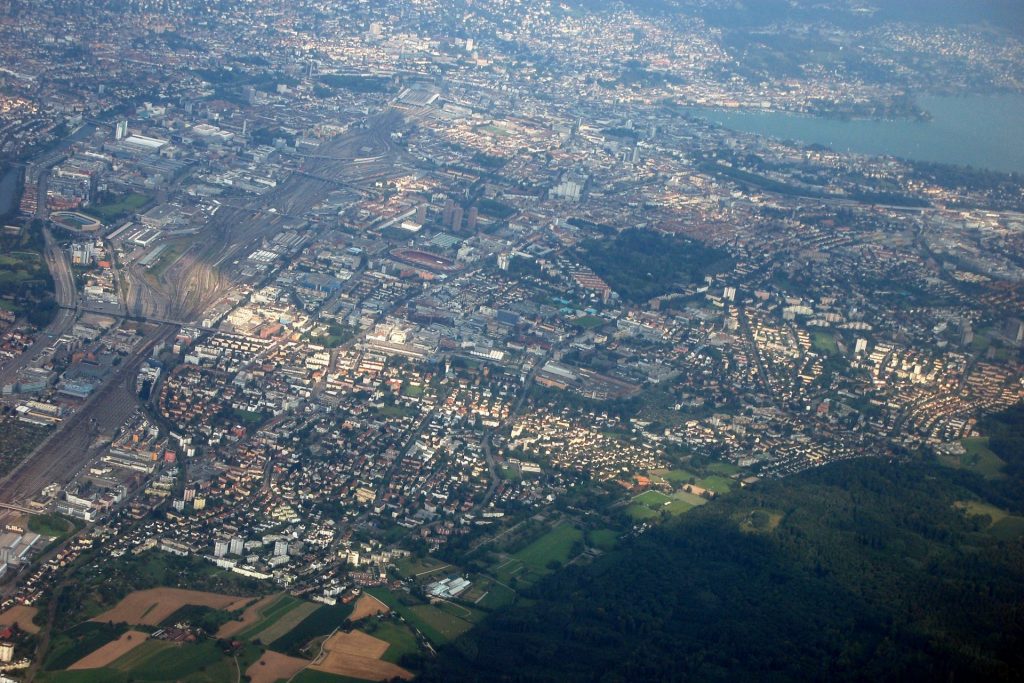Home ownership: strong rise in demand and prices
Zurich and Zug, the Lake Geneva arc and the Bern agglomeration have seen a rapid drying up of the rental market, with obvious results…
According to this year’s “Free Movement of Persons and the Housing Market” monitoring, the housing market in Switzerland continues to be imbalanced.
Rental apartments are once again becoming scarce, while home ownership is in greater demand than ever and appreciating further. For many families the dream of their own home is no longer feasible.
Tenancy law: a roundtable discussion with Guy Parmelin

Increase in housing due to increase in households
The demand for housing is driven substantially by the increase in households. In 2020, the year of the COVID-19 pandemic, this increase was the smallest in several years, especially for Swiss households.
In contrast, foreign households increased more or less as in previous years. However, this development has not led to a relaxation of the housing markets, mainly because the pandemic has changed the preferences of the inhabitants: more people are looking for a larger house or a secondary dwelling.
The rental apartment market contracted in 2020 compared to previous years. This trend affected all price segments, but especially the lowest.
The rapid drying up of the rental markets especially in the regions of Zurich and Zug, in the Lake Geneva arc and in the Bern agglomeration raises concerns, even though on a national level the market remains balanced overall.
Leases and rentals in Switzerland: light decrease in litigation

Strong price gains, partly due to weak construction activity
The situation in the homeownership market has changed little in 2020 compared to 2019. Supply remains scarce, and this in the face of a strong price increase, a trend due to weak construction activity, among other things.
Except in Ticino, people with rather modest assets find themselves effectively excluded from the market. From 2019 to 2020, however, the share of homeowners remained stable. Demand remains strong despite rising prices.
The canton of Zug is not satisfied: taxation even lower…

Homeownership: increasingly unattainable for many?
This year’s monitoring focused on homeownership. Analyses show that since 2007 there has been a shift from single-family homes to owner-occupied apartments and that overall the share of homeowners has declined.
Few remain able to afford homeownership: single individuals, couples without children, and the elderly.
An analysis of the probability of purchase shows that the importance of assets has increased at the expense of income, which has become less important. This explains why the age of buyers has increased.
The situation is therefore problematic for families without substantial assets, who are struggling to find affordable single-family homes. For them, the dream of home ownership is increasingly unattainable. At the same time, the share of second homes for rent has increased.
However, the situation has improved compared to 1990, when there were very few owner-occupied houses and rental apartments. Today, those who cannot afford to own their own home can still opt for a rented apartment in the medium to high price segments.
364.3 million requested for federal properties

“Free Movement of Persons and the Housing Market”
The monitoring of the effects of the free movement of persons on the Swiss housing market – carried out jointly since 2009 by Meta-Sys AG and the Zurich University of Applied Sciences (ZHAW) on behalf of the Federal Office for Housing (FOH) – differs from other market analyses in three respects.
First, the focus is on the development of Swiss and foreign households and their incomes, i.e., the main drivers of demand.
Second, the rental and property markets are considered as a single aggregate in order to take into account the cushioning function that one has vis-à-vis the other as well as to get an overview of supply.
Finally, the monitoring analyzes different categories of purchasing power and price segments.
The results are published in the form of short reports on the national situation as a whole and on the seven major regions defined by the Federal Statistical Office (FSO).
The “von Wattenwyl talks” and the search for a compromise






